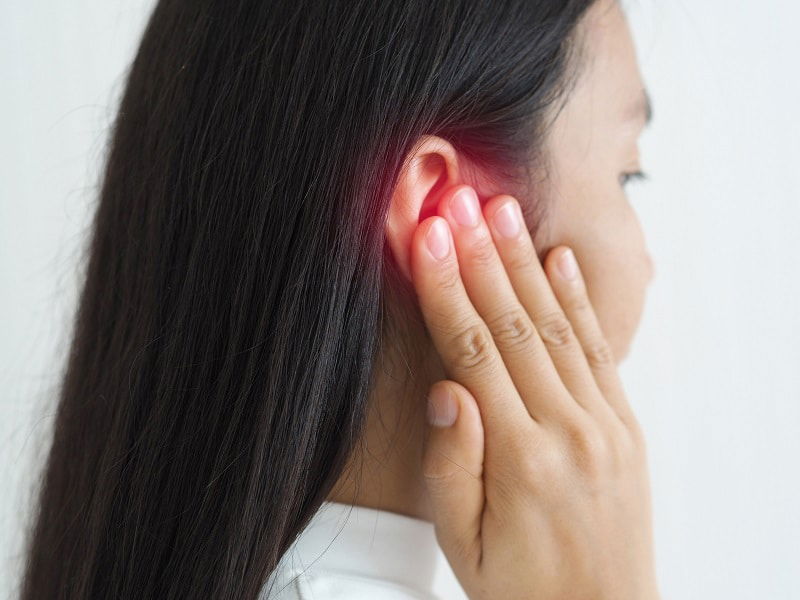Aches and pains aren’t unusual. They come in all shapes and sizes and for too many reasons to count. But, what happens when they affect your ear? Pain here could be something simple and minor, or it could indicate something more serious like a ruptured eardrum. Here’s what you need to know about the signs of a ruptured eardrum and what to do when you believe you have one.
What is the eardrum?
The ear may be a relatively small part of our body, but it is made up of numerous parts and complicated structures that all work together to help us hear and keep our balance. One of those structures is the eardrum, otherwise known as the tympanic membrane. The eardrum is a thin membrane made up of several layers that divides the outer and middle ear.
As sound waves enter the outer ear, they travel through the ear canal to the eardrum, where they cause it to vibrate. This vibration causes the three small bones of the middle ear to move in progression, transmitting the sound vibrations through to the inner ear and on to the brain where we translate them into the sounds we hear.
It’s easy to see that without a healthy and functioning eardrum, this process and our hearing could be impaired, if not stopped dead in its tracks.
How eardrums rupture
Eardrums, like so many parts of the ear, are delicate. Occasionally this thin collection of membranes tears resulting in what we call a ruptured eardrum. This may happen for several reasons, such as:
- Severe, untreated or repeated ear infections
- Trauma or injury from a blow to the head
- An object inserted into the ear such as a cotton swab, pencil or even small toys
- Exposure to excessively loud noises or music
- Ear barotrauma or changes in air or water pressure as a result of scuba diving or airplane travel
While many of us experience occasional aches and pains in our ear due to congestion, changes in air pressure or even ear infections, it’s important to recognize the signs of a ruptured eardrum so you can quickly seek treatment from your hearing healthcare provider. Signs and symptoms of a ruptured eardrum may include:
- Severe pain in the ear
- Hearing loss
- Tinnitus or ringing in the ear
- Whistling through the ear, especially when the nose is blown
- Dizziness and/or nausea
- Ear drainage that may include blood
On their own, each of these symptoms can be frustrating, but together they can indicate the need to see medical attention.
If you’re experiencing symptoms like these and believe you’ve ruptured your eardrum, contact your hearing healthcare provider to schedule an exam. He or she can use special tools to diagnose and treat any possible rupture quickly and safely. Treatment may include pain relievers and antibiotics. In some cases, when the ruptured eardrum does not heal on its own, surgery may be recommended.
Don’t take your eardrum or hearing health for granted. Protect your hearing from loud noises, protect your ears from damage, and schedule regular hearing evaluations to manage your hearing health.




